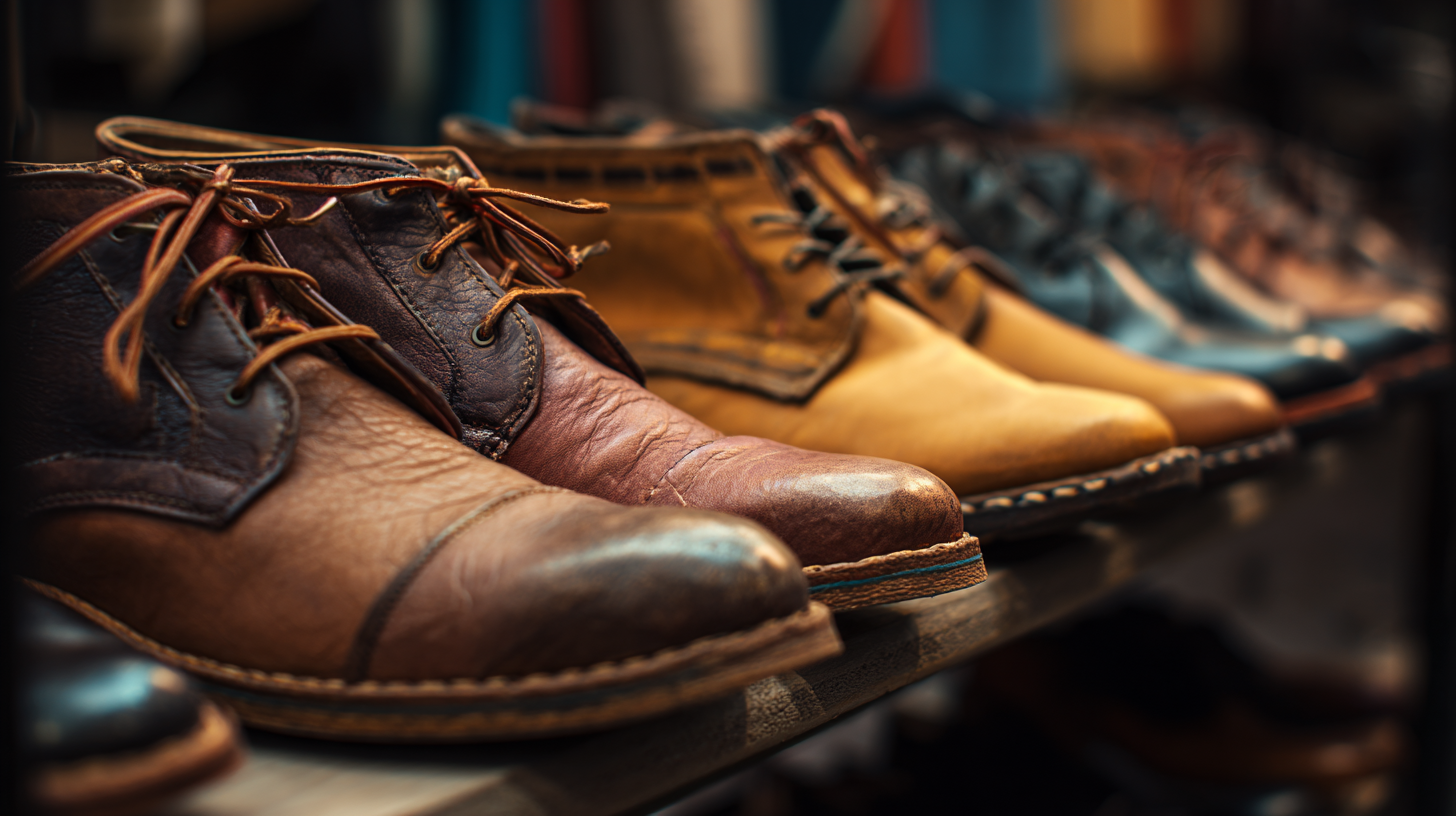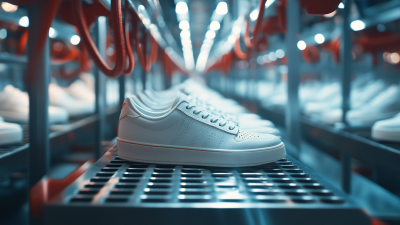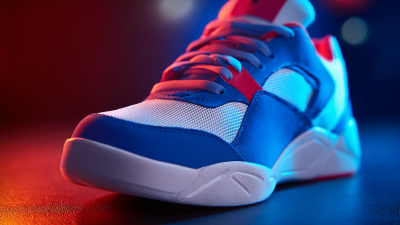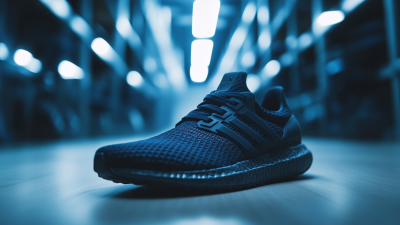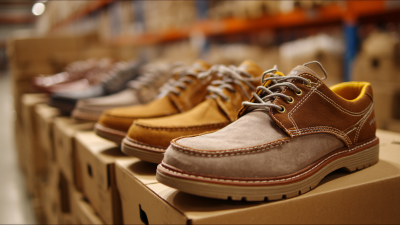
As global demand for casual shoes continues to surge, the footwear industry is witnessing unprecedented growth. According to a report by Grand View Research, the global footwear market is expected to reach USD 320 billion by 2026, with casual shoes playing a pivotal role in this expansion. The increasing trend toward athleisure and comfort-driven fashion is driving consumers to seek stylish yet versatile footwear options, propelling casual shoes to the forefront of the market.

With a diverse array of materials, designs, and sustainability considerations, sourcing high-quality casual shoes has never been more critical for brands aiming to compete in today's dynamic marketplace. This guide will provide essential strategies and insights to help you navigate the complexities of sourcing casual shoes that meet global standards while satisfying the evolving preferences of consumers.
When sourcing high-quality casual shoes for global markets, it's essential to identify the key attributes that define quality footwear. First and foremost, materials play a crucial role. Look for shoes made from breathable fabrics, durable synthetics, and soft leathers, as these materials not only enhance comfort but also increase longevity. A well-constructed shoe should feature quality stitching and reinforced seams to withstand daily wear.
Tip: Always request samples to assess material quality and craftsmanship before making bulk purchases. This will ensure that your product meets the standards expected by consumers.
Another important attribute is design. High-quality casual shoes should balance aesthetics with functionality. Consider ergonomic designs that support foot health, as well as versatile styles that appeal to different demographics. Proper fit is also vital; shoes should provide adequate arch and heel support to enhance comfort during prolonged wear.
Tip: Stay updated on current fashion trends and consumer preferences to ensure your product line resonates with your target market. Utilizing surveys or focus groups can help gather insights into what potential customers seek in casual footwear.
| Attribute | Description | Importance | Quality Indicators |
|---|---|---|---|
| Material | Durable yet lightweight fabric or leather | High | Breathability, texture, stretch resistance |
| Construction | Well-structured seams and finishes | High | Even stitching, no loose threads |
| Comfort | Cushioned footbeds and ergonomic design | High | Arch support, padding thickness |
| Style | Trendy designs that appeal to target demographics | Medium | Fashion-forward features, color options |
| Price | Competitive pricing for quality offered | Medium | Perceived value vs. cost |
As the global demand for casual footwear continues to rise, understanding market trends becomes essential for brands looking to succeed in this competitive landscape. Recent projections indicate that the casual shoe market will experience substantial growth, reflecting the evolving preferences of consumers. By 2025, the market size is expected to reach approximately $49.54 billion, and by 2032, this figure could increase to $78.95 billion. This growth, driven by a compound annual growth rate (CAGR) of 6.88%, signals a promising opportunity for manufacturers focusing on high-quality, stylish casual shoes.
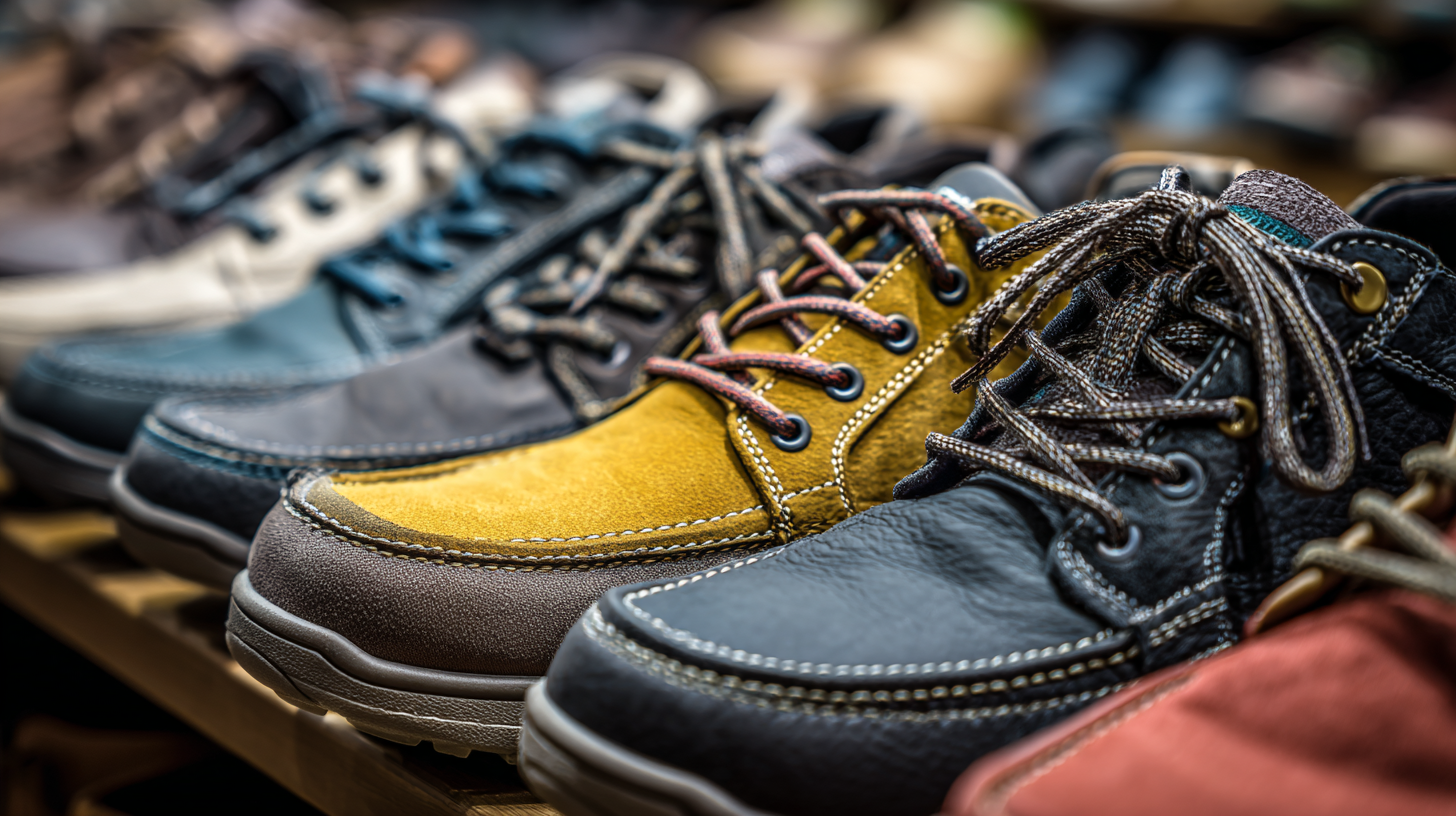
In parallel with the overall footwear market, the casual segment is also thriving, with forecasts suggesting a remarkable CAGR of 9.82% from 2024 to 2032, pushing its market size from $33.84 billion to approximately $71.65 billion. This surge can be attributed to shifting consumer preferences towards comfort and versatility in everyday wear. Brands that innovate in design while leveraging sustainable practices are likely to capture the interest of a conscious consumer base, making strategic sourcing and trend adaptability vital for long-term success in global markets. Understanding these trends allows companies to tailor their product offerings effectively, ensuring they stay ahead in the dynamic world of casual footwear.
When sourcing high-quality casual shoes for global markets, identifying reliable manufacturers is crucial. According to a recent report by Statista, the global footwear market is projected to reach $320 billion by 2027, underscoring the significance of establishing strong supplier relationships in this competitive landscape. A thorough vetting process can help minimize risks. Evaluate manufacturers based on their production capabilities, quality control measures, and compliance with international standards to ensure a dependable partnership.
Tip: When assessing potential manufacturers, request samples to verify their craftsmanship and material quality. This hands-on approach allows you to gauge whether their offerings align with your brand's standards.
Additionally, leveraging platforms like Alibaba and Global Sources can expedite the sourcing process while providing access to a diverse pool of manufacturers. According to a report from IBISWorld, online marketplaces accounted for 27% of the global footwear sales in 2020, a trend that continues to grow. By utilizing these platforms, buyers can streamline their efforts in identifying trustworthy suppliers while enhancing their chances of finding high-quality casual shoes.
Tip: Always check reviews and ratings for manufacturers on these platforms, as they can provide valuable insights into the experiences of other buyers and help you avoid common pitfalls.
When sourcing high-quality casual footwear for global markets, evaluating the material quality is paramount to ensuring product durability, comfort, and appeal. The first step in this evaluation process is to understand the various materials commonly used in casual shoes.
For instance, leather is favored for its breathability and longevity, whereas synthetic materials like polyurethane offer durability and ease of maintenance. Each material has unique properties that can impact the wearer's experience, making it crucial to align material selection with target consumer preferences.
In addition to material selection, it is essential to consider the sourcing process itself. Engage with suppliers who prioritize ethical practices and sustainable production methods. This not only enhances the quality of the final product but also resonates with an increasingly environmentally conscious consumer base. Testing samples for flexibility, breathability, and moisture-wicking properties can provide insights into how well a material performs in real-world conditions. By taking these factors into account, brands can ensure that their casual shoes not only meet customer expectations but also set a standard for quality in the competitive global market.
In recent years, the demand for ethically produced casual shoes has surged, driven by an increasingly aware consumer base. According to a 2023 report by Ethical Consumer, approximately 60% of shoppers now prioritize sustainability and ethical practices when making purchasing decisions. This shift has compelled manufacturers to scrutinize their supply chains and adopt more responsible sourcing methods.
Implementing robust auditing processes is crucial for maintaining ethical standards in production. A study from the Global Sustainability Initiative revealed that companies that regularly audit their factories see a 25% reduction in labor violations compared to those that do not. Additionally, engaging with suppliers who adhere to eco-friendly practices demonstrates a commitment to sustainability. Brands can foster long-term partnerships with certified suppliers who uphold ethical labor practices, thereby aligning their production with consumer expectations for responsible sourcing. By prioritizing these facets, companies can enhance their brand reputation while contributing to a more sustainable future in the footwear industry.
